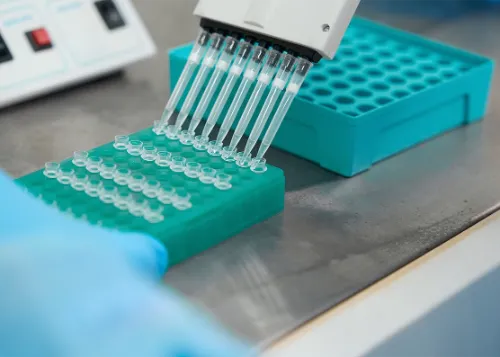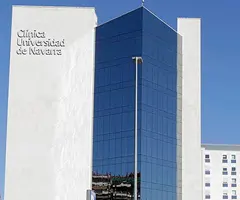Erythema infectiosum
"After 1-3 weeks, erythema spontaneously subsides without desquamation, although flare-ups can occur due to emotional stress, physical exercise and heat".

Erythema infectiosum, also called megaloerythema or popularly slapping disease, is a viral infection caused by parvovirus B19. It predominantly affects children between 4 and 10 years of age. In addition, it usually has its peak incidence in the spring or autumn months.

Symptoms of fifth disease
The most characteristic symptom that appears in children with this virus is a facial erythema, which spreads across the child's cheeks. It is not always accompanied by fever and may sometimes be preceded by headache, malaise or nasal congestion.
The skin lesion associated with fifth disease usually spreads gradually over the rest of the body. It typically affects the buttocks and extremities, where the rash has a reddish, reticulated, lace-like appearance. It is rarely seen on the palms of the hands or soles of the feet. In some cases, the rash may be itchy.
In most cases, the lesions disappear in about a week, although the rash may reactivate for several weeks, especially if it has been exposed to sunlight or heat.
Occasionally, joint pain may occur in adolescents or adults, as well as complications in immunocompromised persons or pregnant women. However, fifth disease is generally a mild and benign disease, and most children recover quickly without major complications.
Do you have any of these symptoms?
If you suspect that you have any of the above symptoms,
you should consult a medical specialist for a diagnosis.
What are the causes of fifth disease?
It is caused by a virus called Parvovirus B19. It is a virus that only affects humans, so it is spread from person to person, through droplets of saliva that are emitted by talking, coughing or sneezing. It is important to know that it is no longer contagious when the lesions appear on the skin, so once the rash has appeared, it is not necessary to maintain isolation with the infected person.

How is fifth disease diagnosed?
The diagnosis is clinical. Your doctor or paediatrician will make the diagnosis based on the symptoms you have presented and the physical examination. Generally, it is not necessary to perform complementary tests .
How is erythema infectious treated?
Erythema infectiosum is a benign disease that resolves spontaneously. Treatment is based on symptomatic measures with analgesics or antipyretics (paracetamol or ibuprofen). There is no vaccine against this virus, so the best way to avoid infection is to wash your hands well and maintain hygiene measures when sneezing or coughing.
Where do we treat it?
IN NAVARRE AND MADRID
The Department of Pediatrics
of the Clínica Universidad de Navarra
All our specialists work exclusively and, in addition, since we have all the technology in the same center, we offer the performance of tests and diagnosis in less than 72 hours.
We have a team of highly qualified professionals to attend the different specialized units: Oncopediatrics, Neuropediatrics, Endocrinopediatrics, Neonatology, etc.
Organized in specialized units
- Neonatology Area.
- Pediatric Endocrinology.
- Pediatric Cardiology.
- Pediatric Neuropediatrics.
- Digestive and pediatric nutrition.
- General and preventive pediatrics.
- Pediatric Pneumology.

Why at the Clinica?
- Comprehensive care of the child.
- Professionals who are experts in the different areas for a better diagnosis and treatment.
- Equipped with the latest technology for newborn care.


























